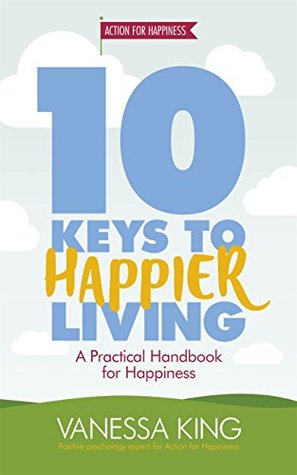More on this book
Kindle Notes & Highlights
by
Vanessa King
Read between
November 29 - December 7, 2016
Name it Rather than ignoring, denying or dwelling on stress, simply acknowledge it. By doing this, it seems we can switch activity in our brain from the primitive, emotionally reactive, amygdala to the prefrontal cortex – involved in slower, conscious, decision-making. Resilient-thinking approaches we’ll look at next or mindfulness practice (see Chapter 4) help us name our stress without worrying about it.
Interpretation–emotion pairings Interpretation ‘essence’ Emotion I’m in danger Fear, frightened I’ve been done wrong to Anger, annoyance I’ve done something wrong Guilt I’ve lost something (this could be tangible, such as a physical thing or a friendship, or something intangible, such as an enjoyable experience or even self-worth) Sadness, upset, dejection
I’m not good enough or I’m not as good as Embarrassment, shame Based on: various sources, including: Briers (2009), Reivich (2010), Reivich & Shatté (2002) An understanding of these


